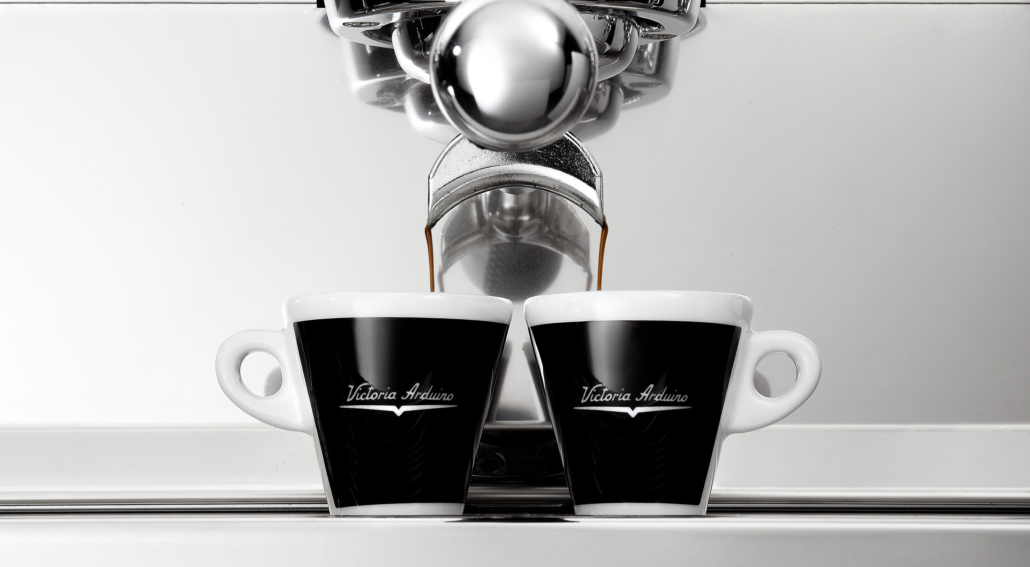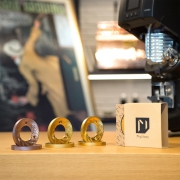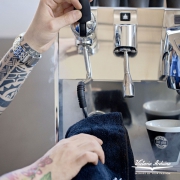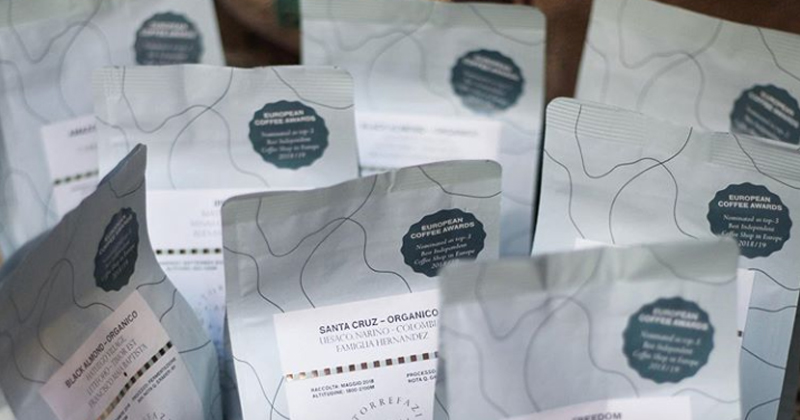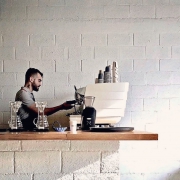How technology helps with fresh coffee
Roasted coffee needs to remain “young” to express all its aromas. However, it is also a fact that it should not be that fresh either. A fresh coffee bean is the result of the short time passed between the roasting and the consumption, this can be a problem for baristas, and of course, they would like to avoid such a situation.
To better understand what happens on the inside of a coffee bean, a brief prologue is necessary. After some time, all food produce undergoes a natural alteration process that can be faster or slower depending on the temperature, humidity, and other environmental factors. The coffee bean is a seed that undergoes maximum transformation because of a series of treatments (roasting, grinding, extraction) indispensable to change its solid composition into a liquid. It is necessary to maintain the most possible, inside the drink, all the organoleptic properties intact; that is, during the final phase, that corresponds to the moment of consumption. Who loves drinking espresso coffee would like to enjoy the sense of smell, and sight, and taste all those emotions, more or less intense, that derive from the physical and chemical characteristics of the original coffee bean.
The coffee should not be “old” because, with time, the roasted coffee loses all its aroma and oxidizes, releasing rancid oils and detrimental substances. But it should not be too fresh either. If the coffee was roasted right before being packaged, the espresso that comes out will not have the creamy layer on top but will be foamier. The drink will not be as delicate as it should be and will result in “piercing”. Aromatically speaking, the recent roasting will be particularly sharp to the tongue.
These adverse effects are natural in a just roasted or recently roasted coffee. The roasting process causes a chemical reaction inside the molecular structure of the coffee bean that develops a high amount of CO2, which does not eliminate the coffee properties but alters the perception. Even the cream becomes foamy because of the excess gassy substance. That is why it is essential to leave the coffee “de-gas” right after it has been roasted.

It is customary that the barista knows the date the roasting took place and that of the packaging because it helps understand, based on one’s experience and professionality, the different periods of de-gassing. If the process was too long and the packaging was done too long ago, the coffee lost not only the excess CO2 but also the aromatic elements. Professor Chahan Yeretzian, a worldwide expert in the coffee industry, demonstrated this principle very well. During one of his experiments at Zhaw University of Switzerland, he confronted the different results in the cup from a chemical point of view, obtained with various kinds of coffee after one month from the roasting process, to one year after the roasting process.
Filter coffee is quite different from espresso coffee. While highly fresh coffee is not a problem for the filter method as the excess CO2 quickly disperses in the air, it can be a problem with espresso, as such dispersion does not occur. The hot water working at 9 bar of pressure directly on the coffee puck, transfers all the CO2 present directly in drink, forming all the defects like the foam. If the coffee used for espresso has these characteristics, it means that it is too fresh and was not correctly de-gassed after the roasting process.

Over time, other than the CO2, the coffee loses its aromatic substances. The Pre-Wetting function helps reduce excess CO2 without eliminating the aromas. This feature starts with the pre-wetting phase, which is when the coffee that didn’t reach the ideal point of de-gassing undergoes a purging process.
This innovation, operated through the machine’s display, allows the barista to determine the coffee puck’s contact time with the external environment and, consequently, the quantity of CO2 that must be purged.
Each type of coffee has an ideal cross-section between the time passed after the roasting and the maximum time after the product expiry date. Not always, the coffee is consumed during this optimal time frame, but with the Pre-Wetting function, that is presently found in the models VA388 Black Eagle and VA358 White Eagle of Victoria Arduino, the barista has more time to consume the coffee while maximizing all the organoleptic properties.

